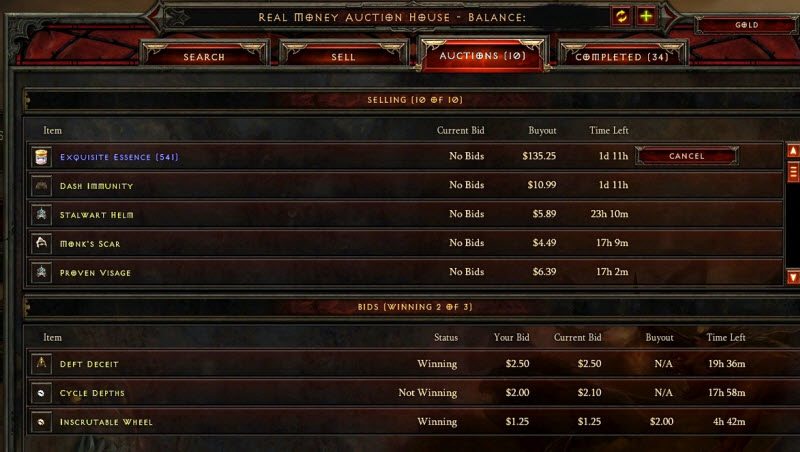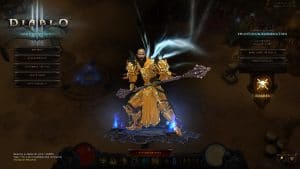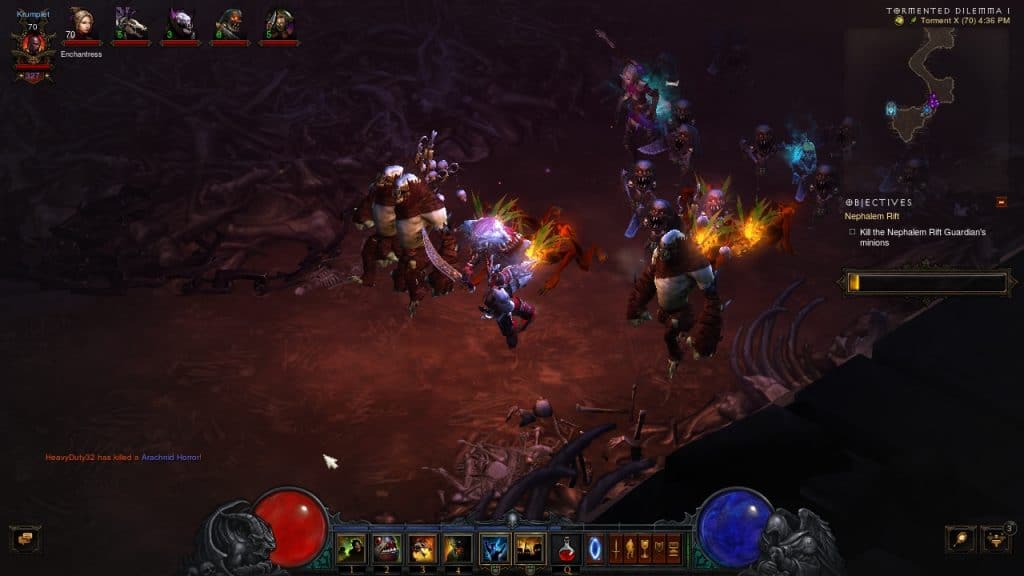With the constant deluge of new video games coming out year round, it’s hard to find the time to finish them. Inevitably, some fall by the wayside, another adventure left unfinished. However, it’s sometimes nice to take a step back and revisit one of these forgotten quests.
For me, the most recent instance of this has been Diablo 3.
Revisiting Video Games of the Past: Diablo 3

As with many others, I was pretty excited when Diablo 3 was about to come out. It had been over a decade since Diablo 2 originally released, and we were ready to get back in there and click those demonic hellspawn until they exploded into gore and gold.
When I finally got my hands on Diablo 3, I was instantly hooked all over again. I started off with a monk, ready to crush Diablo’s servants with my righteous fists of kung fu fury.
I arrived in New Tristram, conveniently right when a large group of zombies ambushed the local guardsmen, crushing heads and ripping out demon hearts left and right (or more realistically, punching the air over and over again until my foes’ body parts flew through the air thanks to the overactive physics engine).
Progressing through levels quickly, I loved trying out every new ability I got, especially when I got a cool new rune, turning my regular old punch combos into some sort of flaming, teleporting death storm.
Once I reached the higher levels, though, I found the true horror of Diablo 3: the auction house.
When Diablo 2 came out in the heady days of the year 2000, the internet was still a wild frontier to most people. By the time Diablo 3 came around in 2012, the internet was everything. We had all been through Myspace, migrated to Facebook, then to Google+, then BACK to Facebook, with stops at LinkedIn and Foursquare and Instagram along the way.
At launch, Diablo 3 reflected this new world of interconnected users and a focus on community by having everybody buy and sell all the sweet magical gear they found in a central auction house, both using in-game currency and cold, hard (electronic) cash.

As we all learned in school, an economy is basically a balance of two sides: supply and demand. Fortunately for Blizzard, when creating your own virtual economy, you have complete control over one side of that equation. As it turned out, that was unfortunate for the rest of us.
Presumably to keep the auction house an active hub of commerce, the drop rate of wondrous magical items in Diablo 3 seemed far lower than in previous games in the series, somewhere between “once in a blue moon” and “NEVER”.
When playing at higher difficulty levels, the enemies would grow exponentially more powerful, requiring top notch gear simply to be able to survive. However, it never seemed like you received proportionately better equipment to deal with these new issues, perhaps unless you were able to dedicate an excessive amount of time and effort to grinding it out.
I’ve always liked to try to play most big games that come out, so I was unwilling to put in what was needed, instead drifting away to try my hand at new experiences.
A year or so after I quite playing, I saw the news stories go up about Blizzard overhauling the loot system for Diablo 3. I didn’t read far into it at the time, but I did gather that they were removing the auction house completely and aimed to rebalance the loot tables so that all players would get the powerful equipment they needed to face the challenges presented at high levels.
I was intrigued and impressed by their willingness to so drastically change their game post-launch, I did not yet decide to return to the PC version of Diablo 3. I was happy to buy the Ultimate Evil Edition when it was released for next gen consoles soon thereafter, which impressed me with all the changes made to the game to make up for the lack of mouse and keyboard control.
The redesigned inventory and direct joystick control made it feel like a new game, and I played quite a bit of it. This time I started with the new Crusader class, and after reaching level 70 I was introduced to the new Paragon system added since the last time I played, which allows for characters to continue improving through experience gained after reaching the level cap, effectively allowing a character to endlessly gain power.
While it was still obviously the same game I had played on PC years before, the new interface and systems made it feel completely fresh, even earning it a spot on my top 10 that year.

While I enjoyed the console version immensely, time marched on, and after a few months I moved on to other titles.
Then about a month ago, a friend of mine at work started telling me about how he and his wife were looking to play a good loot driven game, and had decided to go back to Diablo 3. At the time I was between games, so I decided to join them.
They’re PC people, so I downloaded Battle.net, bought Reaper of Souls, and started downloading the game. While waiting to play, I began reading about all the changes they had made to the PC version, which went beyond even what had made its way into the console releases.
The most intriguing part to me was Season mode. When making a new character in Diablo 3, while you do start at level 1, you share all of your gold, crafting NPC levels, gear stash, and paragon levels with other characters you have created, making it easier to level up secondary characters to max level.
With Season mode, you can instead create characters “in season”, which acts as though you had never created characters before, allowing you to work through all the original progress of upgrading your crafters, finding gear recipes, earning achievements, just generally allowing you to relive all those accomplishments you only had with your first character. While that is a worthwhile feature to the mode, there is also a series of tasks tied specifically to each Season that, once accomplished, can earn you unique cosmetic unlocks and a powerful armor set for whatever class you are playing when you complete them.
We started playing in the middle of Season 6, a Crusader, a Demon Hunter, and a Sorcerer teaming up to cleanse the world of evil (but mostly to get that sweet, sweet loot). Almost every night for weeks we got only and just ran through countless mobs of demons, over and over again, filling up the loot tab, breaking it all down into components, then heading out for more.

Now as Season 6 comes to a close, I sit with a Seasonal Sorcerer, Witch Doctor, and Barbarian, all level 70. With a paragon level just over 300, I have all kinds of flexibility on how to boost them for any given situation. Once the Season closes, all of the characters and progress I made in it will roll over into my normal game, which should help out the monk quite a bit if I ever decide to give him some more time.
When Season 7 starts up, I might start the adventure all over again, running Rift after Rift to grind out those levels. Only time will tell. For now, though, I’m off to try and beat I Am Setsuna before the Fall releases start rolling in. Wish me luck!

